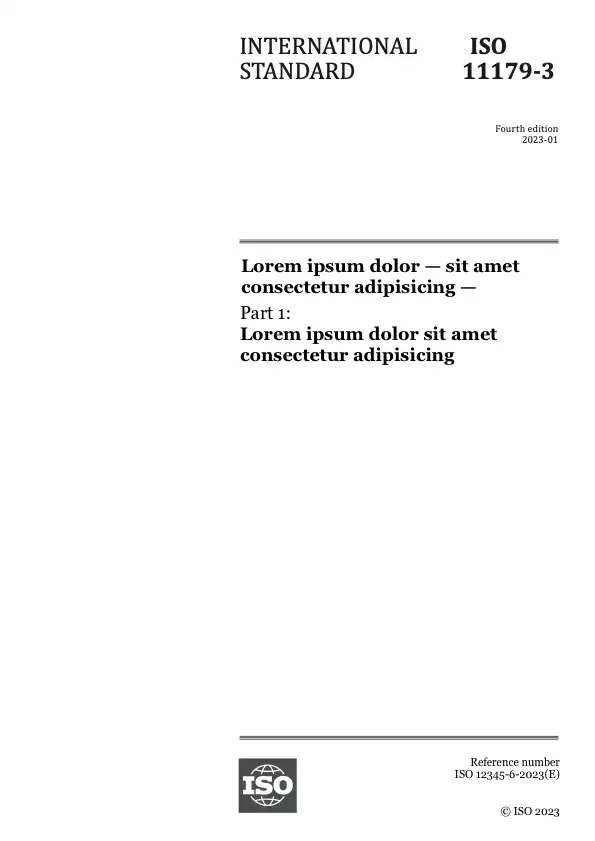Тезис
ISO 19155-2:2017 defines the following three mechanisms for linking Place Identifiers (PIs) (see ISO 19155) to features or objects existing in other encodings:
- Id attribute of a GML object (gml:id) as defined in ISO 19136;
- Universally Unique Identifier (UUID) as defined in IETF RFC 4122;
- Uniform Resource Locator (URL) as defined in IETF RFC 1738.
These PI linking mechanisms are enabled using xlink:href as defined in W3C XML Linking Language (XLink).
While the identifiers of these features or objects can sometimes identify a place, within the scope of this document, the identifiers of features or objects existing in other encoding domains are referred to conceptually as other identifiers.
This document further defines that when PIs are encoded, as specified in ISO 19155, using the Geography Markup Language (GML) (ISO 19136), they are linked using gml:id to other GML encoded features. The details of encoding GML instances using gml:id are specified in a normative annex.
Additional normative annexes define encodings for linking Place Identifiers to other identifiers using UUID and URL and present examples for their use.
ISO 19155-2:2017 is applicable to location-based services, linked open data, robotic assisted services and other application domains that require a relationship between PIs and objects in either the real or virtual world.
ISO 19155-2:2017 is not about creating a registry of Place Identifiers linked to specific features or objects, and support of linking mechanisms other than gml:id, UUID, and URL is out of the scope of this document.
Preview
Общая информация
-
Текущий статус: ОпубликованоДата публикации: 2017-08Этап: Подтверждение действия между-народного стандарта [90.93]
-
Версия: 1
-
Технический комитет :ISO/TC 211ICS :35.240.70
- RSS обновления
Жизненный цикл
-
Сейчас
ОпубликованоISO 19155-2:2017
Стандарт, который пересматривается каждые 5 лет
Этап: 90.93 (Подтверждено)-
00
Предварительная стадия
-
10
Стадия, связанная с внесением предложения
-
20
Подготовительная стадия
-
30
Стадия, связанная с подготовкой проекта комитета
-
40
Стадия, связанная с рассмотрением проекта международного стандарта
-
50
Стадия, на которой осуществляется принятие стандарта
-
60
Стадия, на которой осуществляется публикация
-
90
Стадия пересмотра
-
95
Стадия, на которой осуществляется отмена стандарта
-
00
Появились вопросы?
Ознакомьтесь с FAQ
Часы работы:
Понедельник – пятница: 09:00-12:00, 14:00-17:00 (UTC+1)

